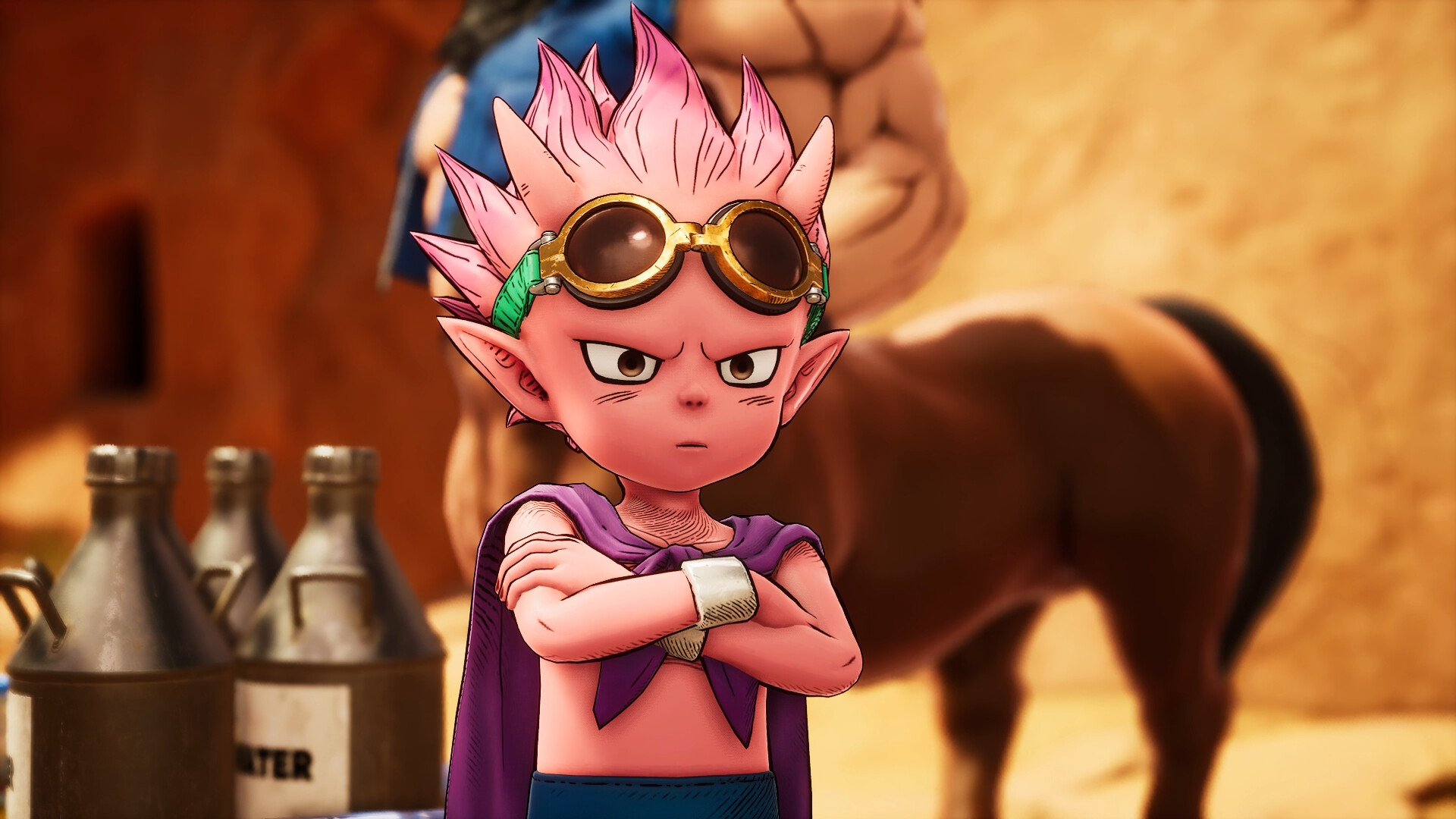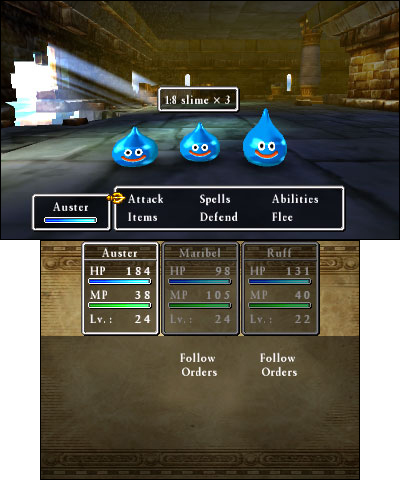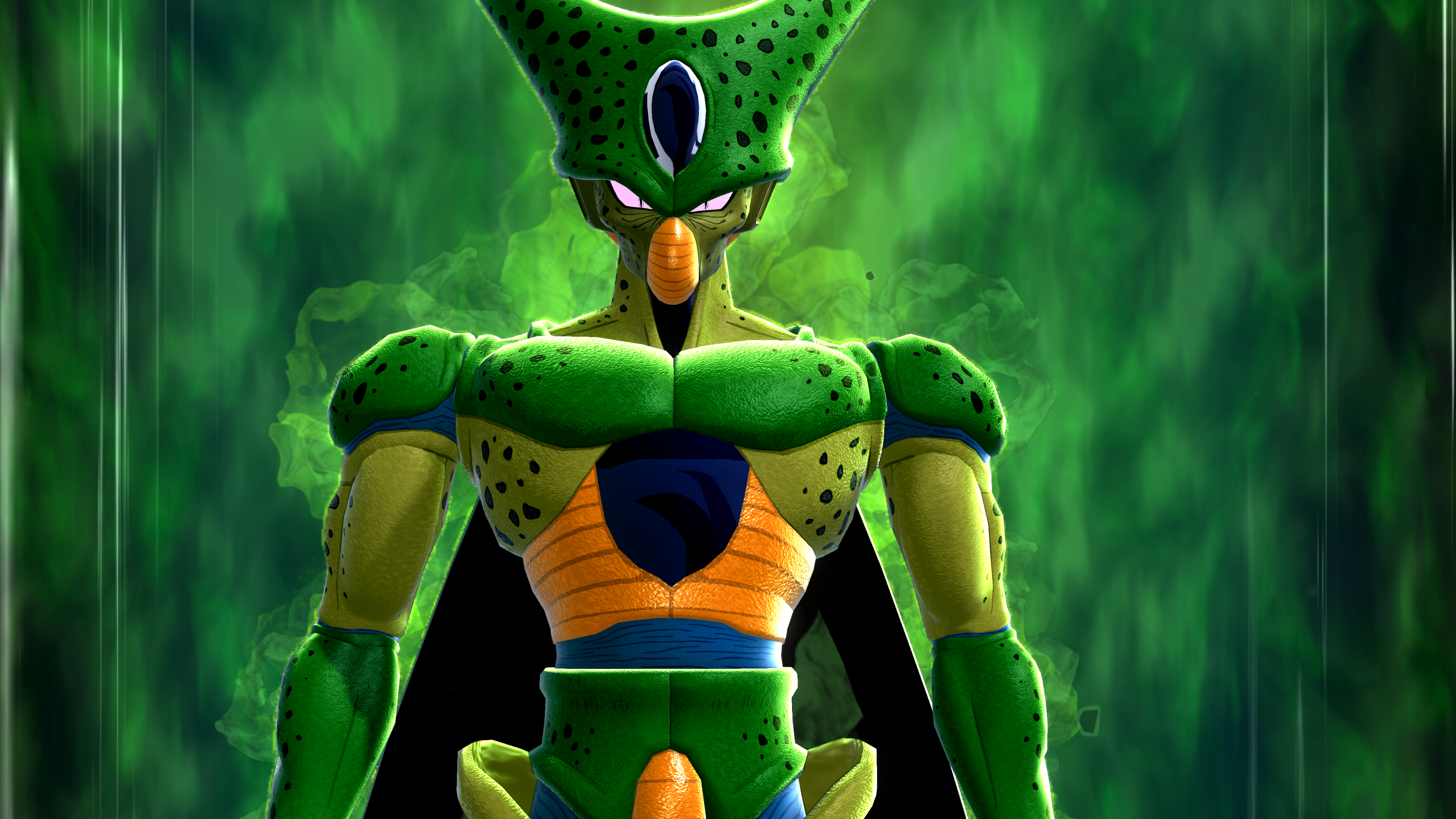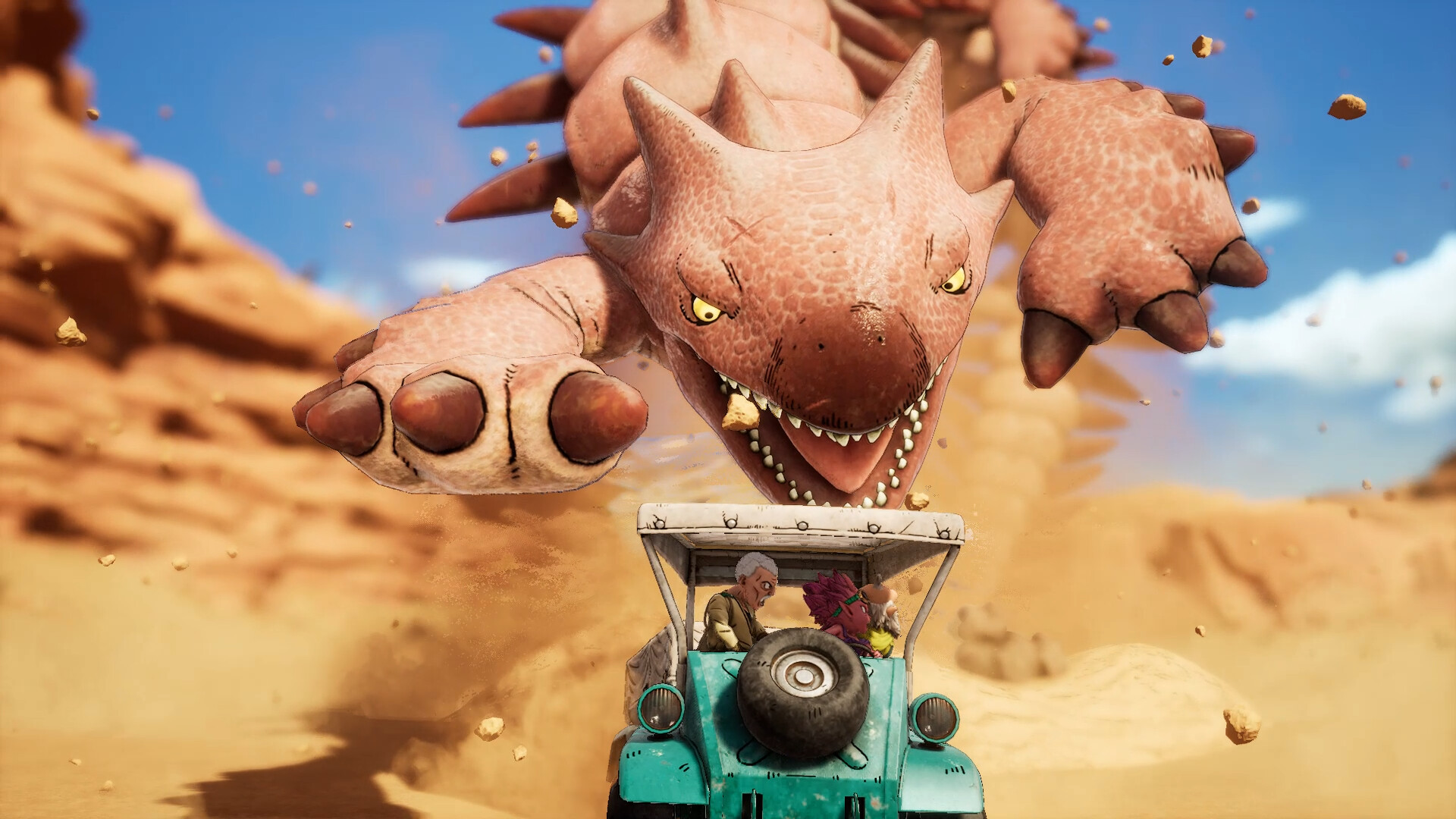
An Ode to Akira Toriyama
As SAND LAND will be released in April, I decided to take a look at the man behind it all. Considering the news of Akira Toriyama’s recent passing at the age of 68, I couldn’t only focus on SAND LAND. No, this article will focus on his overall work. If anything, we’ll see just how much of an impact he had on the industry.

There’s no doubt fans of JRPGs and anime will recognise Toriyama’s distinct style. As the creator of Dragon Ball, he not only inspired my interest in art, specifically manga, but also an interest in martial arts that never quite went away. I also can’t deny thatDragon Quest is a series that I’ve long since enjoyed, ever since I was given my first game on the DS. What interested me? Well, his artwork, of course.
Toriyama first found critical acclaim upon the successful serialisation of his manga, Dr. Slump. It was published in Shonen Jump for four years, making him a household name. Even now, Arale is an incredibly recognisable character; she’s appeared in several of his other works, including Dragon Ball, which he first published in 1984, as his editor told him that he wouldn’t simply be allowed to quit Dr. Slump unless he had another manga lined up.

Despite this, there’s no doubt that Dr. Slump — in particular, his protagonist, Arale — would have her own impact on pop culture. Arale’s become quite memorable; even Shigeru Miyamoto, the creator of Super Mario, has stated that Mario’s iconic running and jumping movements were heavily based on how Arale would move around.
Dragon Ball was published from 1984 to 1995. I still remember watching the anime when it was first shown on the UK edition of Toonami in 1999. Despite my young age, I remember how much I loved Goku and the others. It didn’t take long for me to start watching the re-runs of Dragon Ball Z.
To this day, the series still holds a special place in my heart. Even when I was a kid, some of my cherished memories involved my group of friends playing Dragon Ball Z: Budokai 3, creating storylines with my older brother, which would end up with us acting them out (to his dismay), often bellowing attack names until our mum told us (me) to be quiet.

As I got into reading an increasing amount of manga, I noticed so many artists influenced by his work. Hell, even Pokémon had quite the impact. While it’s obvious to see how Ash’s hair was based on Goku’s, Ken Sugimori’s original game designs showed how Dragon Quest influenced him. Many of the classic Kanto Pokémon themselves had designs that were significantly inspired by many iconic DQ monsters.
Starting in 1986, Yuji Horii commissioned the artist to design the characters and monsters of Dragon Quest due to his unique art style. One significant story involves how Horii sent over a design of the Slime, but instead of focusing too much on Horii’s sketch, Toriyama designed the creature in a way that has made it such a charming mascot of the series. Without the delightful characterisation in the art, I doubt that the Dragon Quest series could have become such an iconic gem in the hearts of gamers around the world. Unlike other JRPGs, Dragon Quest held onto its fantasy roots over sci-fi. Even now, it’s still one of the most popular series to have come out of Japan.

Without Dragon Quest’s influence, we would have never even had the likes of my favourite series, Final Fantasy. Hironobu Sakaguchi, the father of FINAL FANTASY, has cited Dragon Quest as one of his key influences. It would be a joy for many fans to see the iconic collaboration of Horii, Sakaguchi, and Toriyama when CHRONO TRIGGER was born in 1995. There’s no doubt that CHRONO TRIGGER continues to deserve its place as one of the greatest games of all time. Without Toriyama, it’s unlikely that we would have had these games as we know them now.
As time passed, he continued to work on a variety of games and manga. He has been hailed as an inspiration to numerous artists. Masashi Kishimoto, the creator of Naruto, has hailed Dragon Ball as a major influence — Naruto’s colour scheme shows clear inspiration from his childhood reading. The creator of One Piece, Eiichiro Oda, has always been vocal about his respect for his idol. So it was undoubtedly a delight when the two artists collaborated with one another to create Cross Epoch, a crossover between the two artists featuring characters from both of their iconic series. Even Yoshihiro Toshagi’s design of the Chimera Ant, Meruem, in Hunter x Hunter, shows how the design of Cell, one of the best villains in the franchise, was held in such high regard by the artist.

Of course, these are only a few examples of how his art has influenced popular culture. Truthfully, there are so many artists who have admired his work; going through them all would be an almost impossible task. After all, due to the global success of the Dragon Ball series, the man would become a household name by proxy. Even outside manga, it influenced numerous martial artists as well. Growing up, he not only inspired my passion for art but also martial arts, let alone my love for games.
Eventually, in the year 2000, SAND LAND was published. I didn’t read SAND LAND until last year when I was browsing the Shonen Jump app to find something to read. While it was a short series, it was highly praised. With 14 chapters, you could easily read the entire volume in one go. Focusing on a world where a tyrannical king was now controlling the increasingly expensive water supply, they’ve been leaning more towards stealing even to get water and money. It’s during this time that Rao, a sheriff, goes to some demons for help to stop the king, which is how he starts to work with the demon prince, Beelzebub, along with his friend Thief. The three of them steal a tank, which eventually leads to the trio working together to stop the king’s tyranny.

It’s always been an interesting premise. World-building has always been a strong suit of Toriyama’s work. While his character designs have always been impressive, I was always drawn to his different worlds. That’s why some of my favourite Dragon Ball Z games, such as Budokai 3, DRAGON BALL Z: KAKAROT, and DRAGON BALL XENOVERSE 2, have all been so important to me. Exploring the world brings me just as much joy as the battles I can engage in.
That’s why I can admit that I’ve been excited about SAND LAND. While I still have yet to watch the movie, I’m eagerly awaiting the series upon its eventual release this March. While it’ll be an emotional rollercoaster as the master himself is no longer with us, I hope that with his enduring legacy, we can still enjoy the vibrant worlds he’s created. Undoubtedly, his influence will live on through those whom he has inspired.
Now, if you’ll excuse me, I’m off to re-read Dragon Ball, SAND LAND, and his one-shots as I come to terms with what we’ve lost. Maybe I’ll play some Dragon Quest and CHRONO TRIGGER, too. Feel free to let us know about your favourite works, as we remember a defining artist of a generation.











COMMENTS